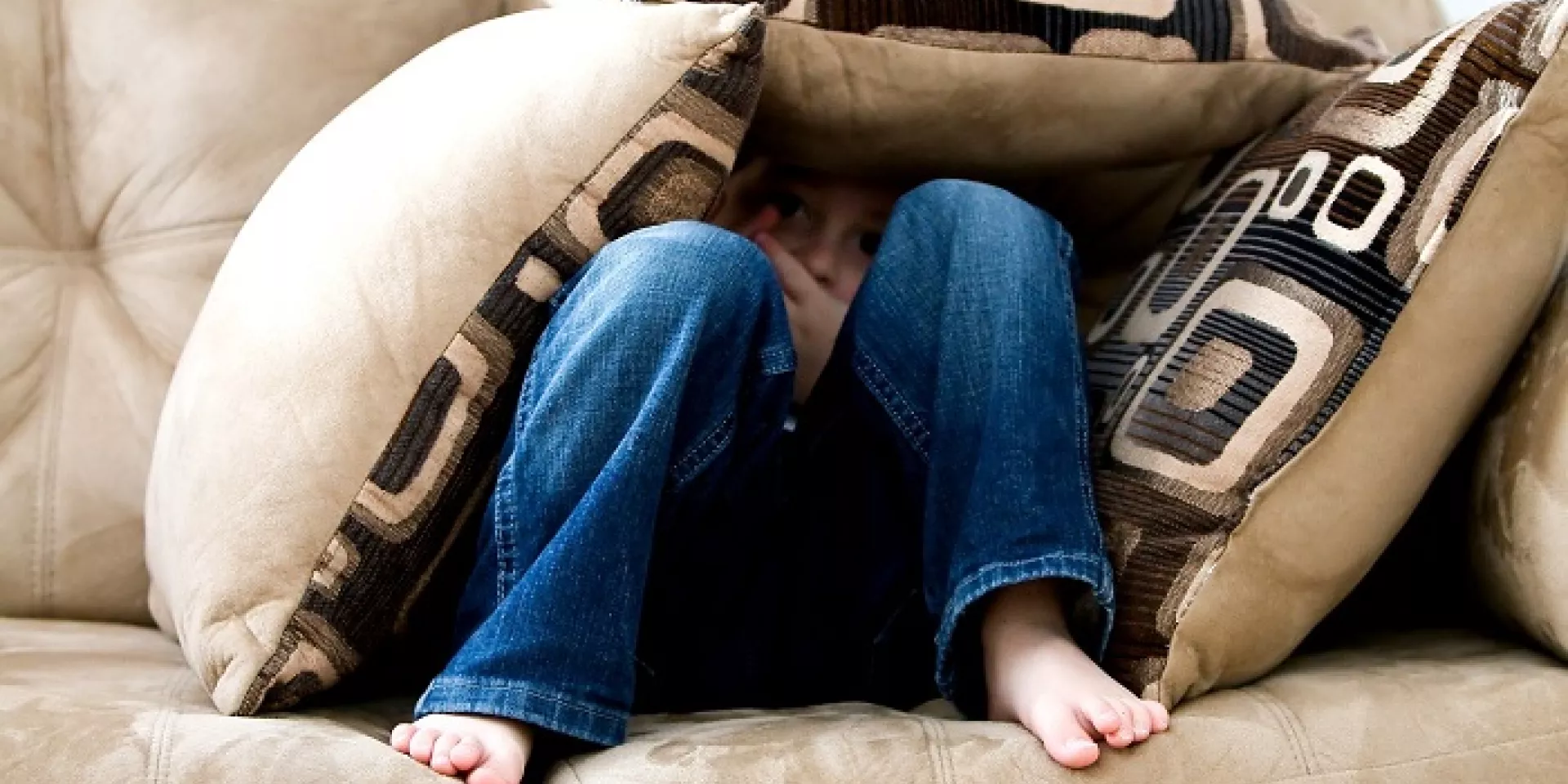An 8-year-old develops severe stomachaches and headaches several minutes before leaving for school—for weeks in a row. A 4-year-old hides and is inconsolable every time an airplane flies high overhead. A 7-year-old won’t play in the backyard in case there are spiders.
If any of these scenarios sound familiar, you’re not alone. According to the Public Health Agency of Canada, anxiety is the most common mental health issue amongst Canadian kids, affecting about 6 per cent of young people. Feelings of anxiety can be normal, but if your child’s anxiety is beginning to affect their quality of life—or your family’s—it may be time to seek help.
We talked to Dr. Gili Adler Nevo, who heads the child and teen anxiety clinic at Michael Garron Hospital, about what to do if you suspect your child might have a problem with anxiety and how you can help.
Why we actually need anxiety
Anxiety is normal—to an extent. Anxiety is an emotion that we’re all familiar with. It has a physical component, like muscle tension and quick heart rate, and a thought component—usually expecting bad things to happen. We often think of it as a negative thing, but it really isn’t; it helps us to develop our social interactions and empathy. It motivates us—to study for exams, for instance. Anxiety is also a warning sign. So, you see, we need anxiety—it’s a great emotion!
Know when your child might have a problem. Anxiety is a problem when anxiety becomes debilitating, when someone starts avoiding places, people and situations that trigger their anxiety, but that would have helped them progress in their lives or that they would have enjoyed otherwise.
Anxiety is different for everyone. Different people feel anxious in different situations and for different reasons.
Anxiety is different for everyone. Different people feel anxious in different situations and for different reasons. For a child who is socially anxious, those feelings and the avoidance will pop up in a social situation. Someone with generalized anxiety disorder will feel anxious because they’re worried about the future, and someone with panic disorder will be afraid to go into crowded places in case they have a panic attack and can’t get out.
Steps to helping a child deal with anxiety
Don’t dismiss your child’s feelings. First, talk to your child to understand the anxiety and validate it. Don’t discount it: it’s important that they feel someone understands what they are going through. Avoid the tough love approach: a lack of validation will not inspire a child to confront their anxiety. Being overprotective is also unhelpful, because the child doesn’t get the chance to develop their self-esteem by knowing they can manage their anxiety.
(Gently) desensitize your child to their triggers. Help your child do what they are afraid of. Make a plan for how to confront it together, as a team, little by little. The more they do the anxiety-inducing action or activity, the less it will bother them.
Know when it’s time to seek help. If you can’t work with your child, seek professional help. Consult your paediatrician; they may have tips or resources, and they can provide a referral to our clinic. There are some great books for kids of all ages: Helping your Anxious Child: A Step-by-Step Guide for Parents, by Ronald M. Rapee; What to do When You Worry Too Much: A Kid’s Guide to Overcoming Anxiety, by Dawn Huebner; Up and Down the Worry Hill: A Children’s Book about Obsessive-Compulsive Disorder and its Treatment, by Aureen Pinto Wagner.
Understanding the thoughts behind anxiety
Anxiety isn’t necessarily a life sentence. With treatment and careful parenting, children and youth with anxiety can grow up to be very healthy, sensitive and compassionate adults. At the Child and Teen Anxiety Clinic, our first-line treatment is cognitive behavioural therapy (CBT). CBT is a talking therapy that helps people understand stuck and unhelpful thinking patterns and learn how to move away from them. Once patients understand the thoughts underlying their anxiety, and once they have mastered the tools, starting with relaxation techniques and ending with whole new patterns of thinking, then they can confront their fears. Little by little, they reclaim their life.
With treatment and careful parenting, children and youth with anxiety can grow up to be very healthy, sensitive and compassionate adults.
